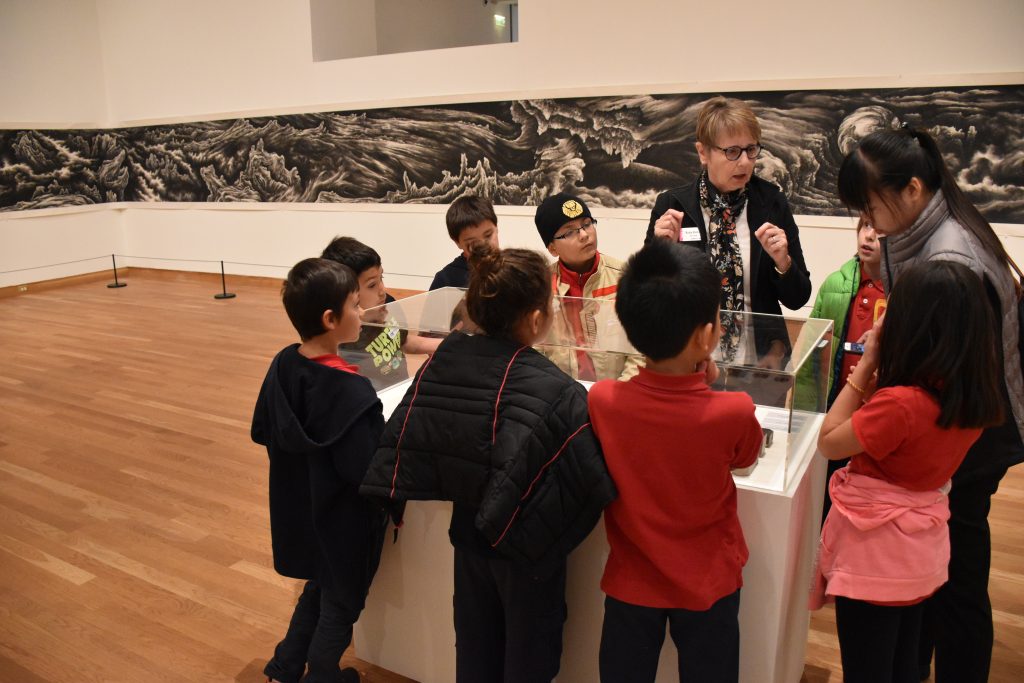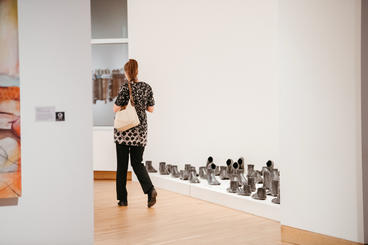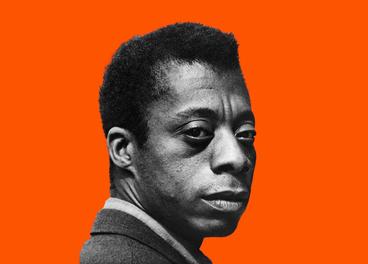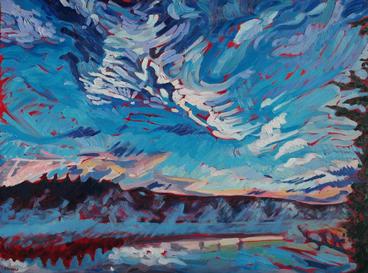Associate Professor and Director of the Multicultural Resource Center at St. Cloud State University, Iyekiyapiwiƞ Darlene St. Clair, a citizen of the Lower Sioux Community, has worked with pre-service teachers for the majority of her career in education.
“As a scholar and as a teacher, I have some ambitions, and it’s to change the paradigms of all Minnesotans,” St. Clair said. “So, I have this sort of modest ambition.”
Viewing education as a tool of colonization for Dakota (and Ojibwe) people, St. Clair is interested in how educators can use education to decolonize and re-indigenize social spaces and institutions. An advisor of Dakota Wicohan, a Native non-profit organization whose mission is to revitalize the the Minnesota Dakota language and lifeways, St. Clair additionally developed a sixth grade social studies curriculum titled Mni Sóta Maḳoce: The Dakota Homelands.
While working with pre-service teachers to develop lessons in their area of expertise, St. Clair observed a gap between lesson designs on paper and the transfer of material to real-life classrooms. Similarly, Betsy Maloney Leaf, lecturer in the Arts in Education teacher preparation program at the University of Minnesota—Twin Cities, gathered identical experiences from active educators, many of whom had been teaching for years.
Both St. Clair and Maloney Leaf noticed substantial discrepancies in curriculum and instruction around teaching Native American arts and cultural expressions. Teaching Native arts are suggested of K-12 educators in Minnesota art education state standards, so that students may “understand that artistic works influence and are influenced by personal, societal, cultural, and historical contexts, including the contributions of Minnesota American Indian tribes and communities,” (Minnesota Academic Standards in Arts Education). The two consulted.
“There was this sense of urgency to really say, ‘Well, what’s going on? And what opportunities do we need to explore in teacher training?’” Maloney Leaf said.
Together, St. Clair and Maloney Leaf began what is now a five-year-long collaboration in which they aim to address and amend why both pre-service and active educators experience difficulties in the transfer of lesson design to classroom instruction, specifically surrounding the instruction engaged with Native arts. In the past, St. Clair visited with each year’s cohort of pre-service teachers in the Arts in Education program. In addition to this year, the graduate students will put their lessons to action at the Weisman Art Museum (WAM) at the University of Minnesota WAM in an afternoon workshop: Connecting Past and Present through Indigenous Art. St. Clair and Maloney Leaf partnered with Jamee Yung, Director of Education at WAM, to create an opportunity for middle school students and also give the cohort practical hands-on experience teaching about Native arts and culture.
“Every American institution that has been created is based on the undermining or the attack on Indigenous institutions, and on top of that, there’s been erasure,” St. Clair said. “It’s really important to use institutional power to recognize that process and to do work to elevate those things that have been protected and saved under very difficult circumstances.”
St. Clair went on to discuss how Native cultural expressions were developed to be of this land. Based on the land, the landscape, plants, animals, and weather patterns, Native arts were created to be a connection to this place. Other artistic expressions were not.
“Again, we see an erasure of those Indigenous expressions and an elevation of others,” St. Clair said.
St. Clair and Maloney Leaf aid pre-service teachers in recognizing, uncovering, investigating, and understanding how to not only name injustice, but take action against the institutions and individuals who perpetuate it. Connecting Past and Present: Indigenous Storytelling is the culmination of the current cohort’s development in designing lessons encompassing Native arts and cultural expressions, but it is a steady continuation of ongoing work—building relationships, challenging the status quo, and embodying and modifying pedagogy and teaching practices.
“We as a system, schools, institutions, operate in ways that benefit white communities and white individuals. Our systems are set up that way. We know that. If we aren’t watching and aware of how that functions, then what are we doing?” Maloney Leaf asked. “Who are we really serving? And how are we reflecting on how those institutions and how individuals commit violence?”
The Minnesota state education standards provide little political or historical information regarding the reasoning for the Native arts standards. St. Clair found that teachers often implemented Native arts standards simplistically, resulting in watered down history and inaccurate and problematic portrayals of Native communities, arts, and cultural expressions.
“I definitely see the power of the standards and the benefits, and I’d rather have them there than not be there. But I also think that we need to do that deeper work at interrogating them and thinking about the ways that the standards themselves can be used to simplify and essentialize Native experience.” St. Clair said.
In the past, Arts in Education cohorts began by investigating the positioning and frameworks around the Native arts standards, questioning why they exist and the ways they have or have not been prepared to teach them. However, when it came time to implement their lessons in their student teaching experiences, there were reservations.
“What we learned started a conversation of capacity. Pre-service teacher candidates have the capacity, but we quickly learned that they also needed advocacy. And I think that that notion of advocacy is what got us to this point,” Maloney Leaf said.
Pre-service teachers encountered power differentials in their conversations with supervisors and administration, making it difficult or uncomfortable to critique the instruction, or lack thereof, of Native arts in the classroom. Recognizing this as an effect of white supremacy, Maloney Leaf notes that these power differentials will continue to exist among institutions such as schools and museums until acknowledged and advocated against.
“This work is not about convenience,” said Maloney Leaf. “How do [pre-service teachers] advocate and acknowledge how white supremacy is functioning in those ways … in a way that they can feel it physically in front of somebody? I want them to be present so that they are skilled to know how to navigate that when they’re on their own.”
Looking Ahead
“I dream that the teacher candidates that have this experience can walk into a school and be teacher leaders. Because they’ve done it, they’ve got resources, and they’ve practiced the advocacy,” Maloney Leaf said.
Optimistic about the workshop and the future of the collaboration with WAM and the Arts in Education program, St. Clair and Maloney Leaf’s hope is ultimately one of relationship development—between the Arts in Education program, WAM, local Native communities, and K-12 students and families.
“I do have to always say that relationships are ongoing commitments. If [WAM] starts showing Native communities that they’re committed to Native arts and cultural expressions, they can’t just check that box. It’s an ongoing commitment, and it’s reciprocal,” St. Clair said.
This collaboration provides opportunity for pre-service teachers to implement original lessons plans engaged with Native arts and cultural expressions which confront political and historical frameworks, absent in the standards and often overlooked in practice. Throughout the workshop, pre-service teachers and middle schoolers will learn together about the contexts in which local and contemporary Native arts are situated through observation, exploration, and creation.
“The process that students in the cohort have already been engaging in, the process of doing collaborative curriculum development, what a gift that is,” St. Clair said. “There is going to be so much learned from this, and I think we’re all going to take away a lot.”
Registration for the Connecting Past and Present through Indigenous Art workshop, taking place February 8, is now open. Register your student here.
Iyekiyapiwiƞ Darlene St. Clair is a citizen of the Lower Sioux Indian Community and an Associate Professor and Director of the Multicultural Resource Center at St. Cloud State University. An advisor of Dakota Wicohan, a Native non-profit organization whose mission is to revitalize the the Minnesota Dakota language and lifeways, she currently teaches a Native arts and cultural expressions course in addition to working with pre-service teachers and connecting teachers, students, and classrooms to Native Studies.
Betsy Maloney Leaf, PhD, MFA, is a lecturer in the Arts in Education teacher preparation program at the University of Minnesota—Twin Cities. Informed by her work with pre-service teachers and her prior k-12 teaching career in dance, Maloney Leaf’s research examines the intersection between arts education, culturally relevant pedagogy, and educational policy. Maloney Leaf currently serves on the Minnesota State Arts Standards implementation committee.
Jamee Yung is the Director of Education at the Weisman Art Museum at the University of Minnesota. Using WAM’s collection, she creates inclusive experiences to make art an essential part of the human experience. Jamee coordinates and develops K-12 and family programs, conducts workshops and trainings for both students and teachers, and teaches university classes on museum education. Through her work at WAM, Jamee strives to provide learning experiences through art from across cultures and time periods that engage, inspire, and enrich the lives of diverse audiences.



